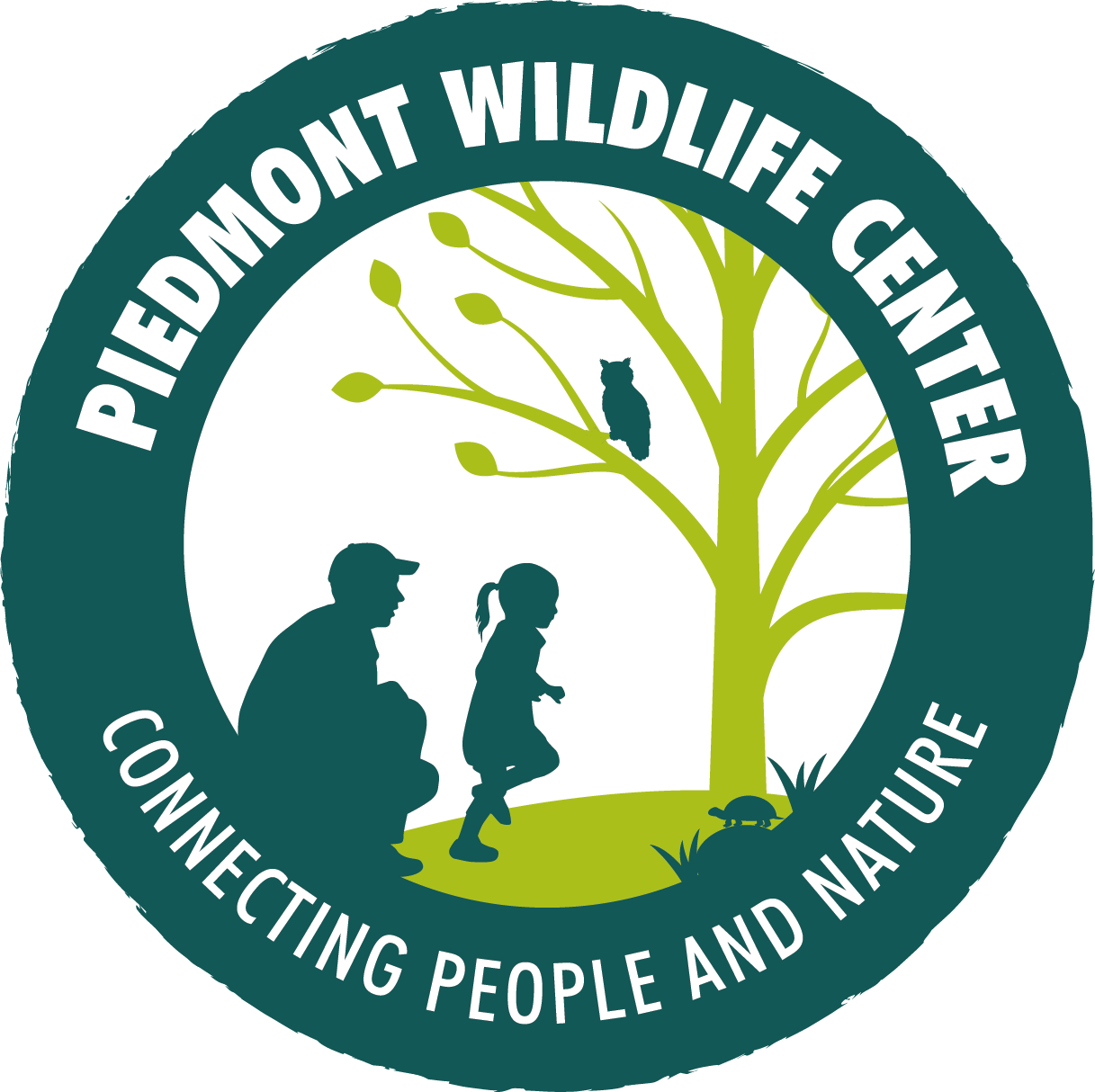Spring is coming to the North Carolina Piedmont - which means the return of trout lily, spring-beauty, and other spring ephemerals! In this series by Executive Director Karen McCall, we explore the wonder of spring wildflowers and celebrate the launch of our new native plant fundraiser through Garden for Wildlife.
Happy first day of spring! In honor of the vernal (spring) equinox, which occurs at 11:06 PM tonight, I bring you my favorite tree and a delicate flower to balance it out.
A good identifier of my tree in winter are the subtle zig-zag dark-colored branches. In early spring, beautiful reddish or magenta buds appear before the leaves, covering its branches in color. Smell the air near one of these trees, or taste one of the edible buds (which are better before the flowers open). Its smell and taste hint of green peas!
This tree is the eastern redbud (Cercis canadensis), a member of the pea family. Redbuds brighten our North Carolina woods with nothing but colorful edible flowers, which can be added to salads or eaten straight off the tree. (The seed pods that form later can also be pickled and eaten, but only when young and tender.) If you want to try snacking on a redbud flower, make sure you pick from a tree with plenty of flowers in an area that is not sprayed with herbicides, pesticides, or fertilizer. Be sure to give gratitude to the plant before picking anything, too!
Once the flowers are past their peak, leaves begin to appear. Redbud leaves are also easily recognizable since they are shaped like a classic heart drawing. These trees provide great shade.
Shifting back to the gifts hiding in the leaf litter, I see a most delicate-looking plant with leaves that remind me of tiny mittens. My subconscious reaction is to hold my breath and move slowly down to it, as if abrupt motion would crush it. Maybe the plant is casting them aside, so the beautiful pinkish to white flower can open to the sun.
This plant’s flower consists of 5-10 white sepals (small petal-like structures that protect the flower within the bud - think dogwood blossoms!) which surround a small greenish flower in the center. Meet the rue anemone (Anemonella thalictroides or Thalictrum thalictroides), a member of the buttercup family. This small plant doesn’t get more than 4 to 8 inches tall. It has traditionally been used to help with diarrhea and vomiting, and has also been experimented with to treat hemorrhoids.
If you’re interested in welcoming native plants like these into your own garden, consider supporting both your local ecosystem and Piedmont Wildlife Center by buying plants from Garden for Wildlife by National Wildlife Federation! 15% of each purchase you make through our referral link will be donated directly to Piedmont Wildlife Center to help us connect more people with nature.
Even better, you can save 10% on orders placed by Friday, March 22nd. No coupon code needed! Discount applied at checkout.
I hope these plants bring some light into your life on this first day of spring!












